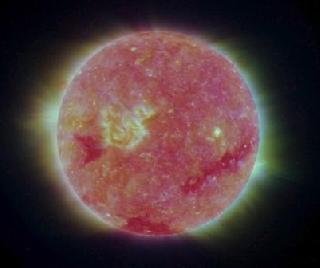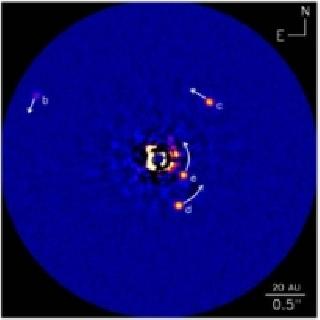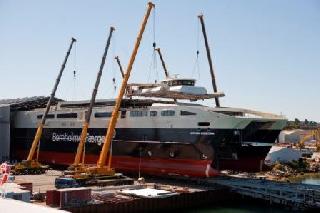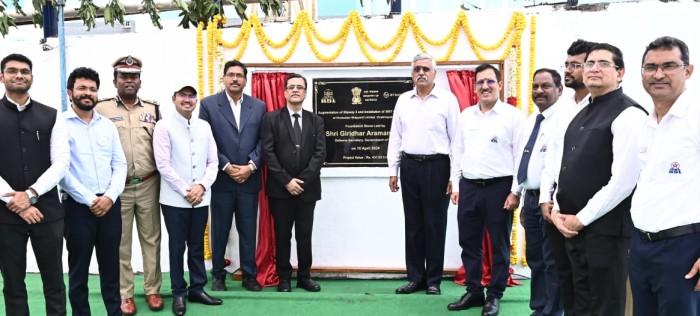
This image combines all of STEREO's wavelengths into one three-dimensional photograph. A NASA photo
CAMBRIDGE, MASSACHUSETTES (BNS): One-third of the Sun's blasts are "sneak attacks" that may occur without warning, according to a new research.
Astronomers have keenly watch the Sun to learn more about what powers these solar eruptions, in hopes of being able to predict them.
"If space weather forecasters rely on some of the traditional danger signs, they'll miss a significant fraction of solar eruptions," Suli Ma of the Harvard-Smithsonian Center for Astrophysics (CfA).
Ma and her colleagues studied 34 solar eruptions over 8 months using the STEREO spacecraft which allows studying the Sun from two different angles simultaneously.
Coronal mass ejections or CMEs is a huge eruption from the Sun that blasts a billion tons of highly charged particles into space at speeds greater than a million miles per hour.
When those charged particles reach Earth, they interact with the planet's magnetic field, potentially creating a geomagnetic storm. Such a storm can interfere with satellite communications; disrupt power grids, or even short out orbiting satellites, they said.
Previous to STEREO, astronomers thought that all Earth-facing CMEs were accompanied by warning signals like flares, coronal dimmings or filament eruptions. By watching for those signals prediction about an impending eruption could be made.
This new research which appeared in The Astrophysical Journal, found that 11 of the 34 CMEs observed by STEREO were "stealthy," showing none of the usual signals. As a result, any system designed to watch for such warning signs could miss one-third of all solar blasts.
Smithsonian astronomer Leon Golub said, "Currently, space weather forecasting is more like tornado warnings. We might know an eruption is imminent, but we can't say exactly when it will happen. And sometimes, they catch us by surprise."
The team plans to continue looking for subtle clues that might allow prediction of an impending "stealth" CME.
 Previous Article
Previous Article Next Article
Next Article













The Indian Air Force, in its flight trials evaluation report submitted before the Defence Ministry l..
view articleAn insight into the Medium Multi-Role Combat Aircraft competition...
view articleSky enthusiasts can now spot the International Space Station (ISS) commanded by Indian-American astr..
view article